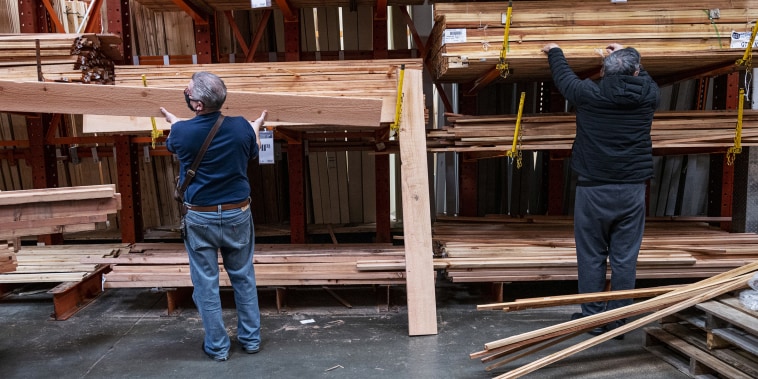In a recent trend that has caught the eye of industry experts, it has been observed that fewer homeowners are investing in substantial remodeling projects. While this shift may seem alarming at first glance, a deeper analysis reveals that the demand for remodeling services remains solid despite the decrease in the number of projects being undertaken.
One of the primary reasons behind this trend is the current state of the housing market. With home prices steadily increasing in many regions, homeowners are finding it more financially viable to sell their existing homes rather than investing in expensive remodeling projects. This is particularly true for homeowners who are looking to upgrade to a larger or more modern property, as the potential return on investment from selling their current home outweighs the benefits of remodeling.
Additionally, the rise of home renovation shows and online resources has empowered homeowners to take on smaller DIY projects rather than hiring professionals for major remodeling jobs. This DIY trend has led to a decrease in the number of large-scale remodeling projects being outsourced to contractors.
Despite these factors contributing to the decline in the number of remodeling projects, industry experts remain optimistic about the future of the remodeling market. The solid demand for remodeling services is driven by several key factors, including an aging housing stock that requires maintenance and upgrades, changing lifestyle trends that necessitate home modifications, and the increasing popularity of sustainability and energy efficiency in home design.
Furthermore, while the overall number of remodeling projects may be decreasing, the average project size and scope have been on the rise. Homeowners who do decide to remodel are opting for more extensive renovations that add significant value to their properties. This shift towards quality over quantity indicates a maturing of the remodeling market, where homeowners are focusing on strategic upgrades that enhance both the functionality and aesthetics of their homes.
In conclusion, the remodeling industry is experiencing a nuanced shift in homeowner behavior, with fewer individuals opting for large-scale projects while the demand for remodeling services remains stable. By adapting to changing market dynamics and focusing on delivering high-quality, value-added services, remodeling professionals can continue to thrive in this evolving landscape.



